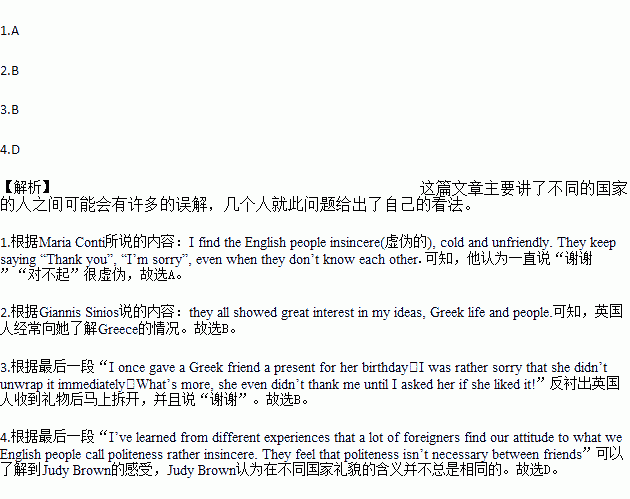### Understanding What Are Federal Direct Unsubsidized Loans: A Comprehensive Guide for Students
Guide or Summary:What Are Federal Direct Unsubsidized Loans?Eligibility for Federal Direct Unsubsidized LoansLoan Limits and Interest RatesRepayment Options……
Guide or Summary:
- What Are Federal Direct Unsubsidized Loans?
- Eligibility for Federal Direct Unsubsidized Loans
- Loan Limits and Interest Rates
- Repayment Options
- Pros and Cons of Federal Direct Unsubsidized Loans
What Are Federal Direct Unsubsidized Loans?
Federal Direct Unsubsidized Loans are a type of federal student loan that is available to undergraduate and graduate students. Unlike subsidized loans, the government does not pay the interest on these loans while the borrower is in school or during deferment periods. This means that interest begins to accrue as soon as the loan is disbursed, and borrowers are responsible for paying that interest over the life of the loan.

Eligibility for Federal Direct Unsubsidized Loans
To qualify for Federal Direct Unsubsidized Loans, students must complete the Free Application for Federal Student Aid (FAFSA). There is no requirement to demonstrate financial need, which makes these loans accessible to a broader range of students. Both undergraduate and graduate students can apply, and there is no limit on the number of loans a student can take out, as long as they stay within the annual and aggregate loan limits set by the federal government.
Loan Limits and Interest Rates
The amount a student can borrow through Federal Direct Unsubsidized Loans varies based on their academic level. For undergraduate students, the annual borrowing limit can range from $5,500 to $12,500, depending on their year in school and whether they are considered dependent or independent. Graduate students may borrow up to $20,500 per year. The interest rates for these loans are fixed, which means they will not change over the life of the loan, providing borrowers with predictable monthly payments.

Repayment Options
Repayment for Federal Direct Unsubsidized Loans begins six months after the borrower graduates, leaves school, or drops below half-time enrollment. Borrowers have several repayment plans to choose from, including standard, graduated, and income-driven repayment plans. Each plan offers different terms and monthly payment amounts, allowing borrowers to select the option that best fits their financial situation.
Pros and Cons of Federal Direct Unsubsidized Loans
One of the main advantages of Federal Direct Unsubsidized Loans is that they do not require a demonstration of financial need, making them accessible to many students. Additionally, the fixed interest rates provide predictability in repayment. However, the downside is that interest accrues while the student is in school, which can lead to a higher total repayment amount over time.

In summary, Federal Direct Unsubsidized Loans are a valuable resource for students seeking to finance their education. Understanding what these loans are and how they work can help students make informed decisions about their financial futures. By carefully considering the eligibility requirements, loan limits, interest rates, and repayment options, students can utilize these loans effectively to achieve their academic goals.